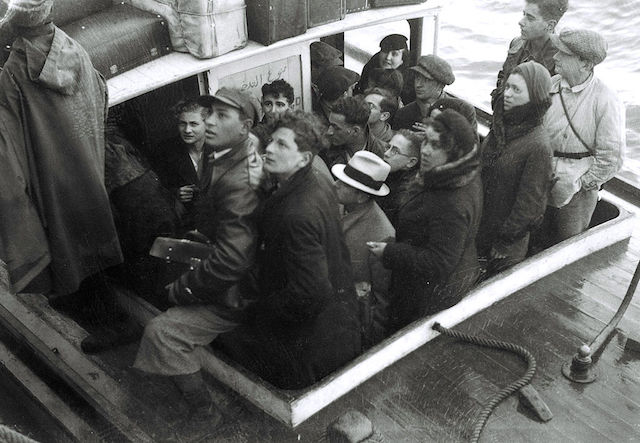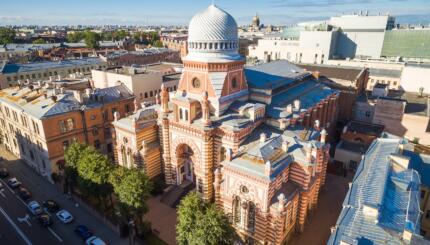In the history of Jewish Palestine, the year 1881 inaugurated a new era. For many centuries, Jews from all over the diaspora had been “going up” to the Land of Israel, to live and die there, but the immigration of 1881 did not resemble any other. Inspired for the first time by an essentially modern national movement, this aliyah laid the foundations for the national rebirth of a Jewish society.
Everywhere else society preceded the nation; in this case, the national sentiment came first, and then, in order to be transformed into reality, it needed to go through a stage of immigration to an ancestral homeland where the nation‑building process could begin. This was a unique case of a society of potential immigrants who felt they belonged in a specific land long before they had set foot on its soil, and in less than two generations succeeded in forming a nation endowed with all the attributes of national “normality.” Thus, although a minority in the demographic sense, the Jews of Palestine were not a minority in the national sense.
The mandate of the League of Nations represented them as a national community aspiring to independence, and the relations between the mandatory authorities and the yishuv (the Jewish community in Palestine) did not resemble the usual interaction between a ruling power and ethnic minorities.
The nature of this new society, its structures, and the pace of its growth were determined by several factors.
With your help, My Jewish Learning can provide endless opportunities for learning, connection and discovery.
- First, the magnitude of each wave of immigration and its social composition, both largely determined by the immigration policy of the Mandate and the division of the immigrants into categories–workers, capital holders, and professionals.
- Second, the financial resources available to the colonizing institutions and the volume of private investment (between 1918 and 1945, the investment foreign capital amounted to 153 million pounds, 109 million of which were private funds). This enabled the leaders of the yishuv to establish a network of agricultural settlements embodying the predominant collectivist ideology, and marking the borders of the future state.
- Third, the nature of this emerging society was shaped also by political tensions within the Zionist leadership, and ideological conflicts among the immigrants who perceived the Zionist enterprise in vivid utopian colors.

Therefore, dividing the history of modern Jewish Palestine according to the successive aliyot is well justified, since each wave of immigration brought with it specific ideological and social characteristics which shaped the development of the yishuv. The First Aliyah (1881‑1903) created the moshavot, villages of independent farmers; the Second Aliyah (1904‑1914) brought the collective settlement (the kibbutz); the Third (1919‑1923), Fourth (1924‑1928), and Fifth Aliyot (1933‑1939) were responsible for spectacular urban and industrial growth.
In 1880, the total number of Jews in the country was 20,000‑25,000, two‑thirds of whom were in Jerusalem; on the eve of independence they numbered about 650,000, in old and new towns and in hundreds of settlements throughout the land. There were 44 Jewish agricultural settlements, mostly moshavot, when the British conquered Palestine in 1917; by the time the State of Israel was established in 1948, the pioneering ideology of “conquest of soil and labor” of the Second and Third Aliyot added another 148 kibbutzim and 94 cooperative villages (moshavim). Even more impressive was the development of the urban sector, which absorbed more than three‑quarters of the immigration. Tel Aviv, the “first Hebrew city,” numbered 40,000 inhabitants in 1931, 135,000 at the end of the Fifth Aliyah, and 200,000 in 1945.
From the beginning, the Zionist movement considered the yishuv as a territorial political entity, a united, autonomous, and democratic community, even before the British conquest and at an accelerated pace afterwards. The Palestinian Jewish community created governmental institutions based on universal suffrage and principles of western democracy–notably the Assembly of Deputies and the National Council–which had departments corresponding to government ministries.
However, the most typical feature of political life in Palestine was the central role played by the parties–comprehensive political societies with networks of clients, colonization federations, economic, cultural, and sports institutions, even para‑military units. And first among them was the left‑wing Labor Party which held sway over the yishuv and later over the State of Israel for several decades.
Reprinted with permission from A Historical Atlas of the Jewish People (Schocken Books).



